Plate Processing Company
A Detailed Guide to Metal Beveling: The What, How, and Why
A Detailed Guide to Metal Beveling: The What, How, and Why
Beveling, or metal beveling, is a flexible machining technique that is essential for a variety of industries, including manufacturing. It is needed to cut, shape, or tole the corners where two faces meet to form an angled or sloping surface.
Let’s get to know more about metal beveling in this detailed guide, explaining what it is, how it works, and why the manufacturing industry relies heavily on it.

What Is Bevel?
A bevel is a surface that curves or slopes along an edge. It is created by grinding or cutting the substance at an angle other than 90 degrees. It involves taking material off the edge in order to form a chamfer or gradual slope.
This process has a wide range of applications, from machine parts, automotive parts, tools, and blades to furniture and architectural details.
How Does Metal Beveling Work?
Beveling is a technique used in engineering to change a material or component's shape or layout for both functional and aesthetic reasons. It is necessary to cut, grind, or machine the material in order to create a specific beveled edge.
Bevels are especially important for stress reduction because they remove pointy edges or corners, give other parts more room to move, and make it easier to fit and move in mechanical systems.
The Importance of Metal Beveling in the Manufacturing Industry
The manufacturing industry relies heavily on metal beveling to ensure the proper fitting of components. Bevels are important when welding because they create a groove or channel that improves the weld filler and allows it to penetrate the joined parts and fuse.
Also, beveled edges in machine parts like shafts or fasteners decrease stress concentrations, which improves the overall strength and fatigue resistance.
Benefits of Metal Beveling
After learning about metal beveling and its importance in the manufacturing sector, let us look at the benefits of using bevels in engineering designs:
Reduce Stress in Components: Beveling removes sharp edges and corners, which are easy to wear and damage. The lifespan of components is increased by this decrease in stress.
Ease of Assembly: Bevels allow for smoother part insertion and alignment, making component assembly easier. This not only saves time but also improves the overall assembly process.
Facilitate Deeper Penetration: When welding, beveled edges improve the strength and quality of the weld by promoting improved filler material fusion and penetration into the joined parts.
Impact Strength and Durability: Beveled edges greatly affect a component's strength and long-term usability. They improve the product's overall dependability.
Improve Aesthetics: Beveling gives component designs a feeling of completion and craftsmanship. It can give a product a more refined, well-built look.
Safety First: By beveling, sharp edges are removed, lowering the possibility of accidents and damage from pinching or sliding into oneself.
Ideal for Injection Molding: Beveled edges are important for injection-molded consumer product components. They help in burying component lines, giving the junction line a clean, well-machined appearance.
Metal beveling is an important machining technique used in a wide range of industries, including manufacturing. To get the best results in your manufacturing projects, it is important to understand the what, how, and why of metal beveling when thinking about getting metal plate beveling services in Houston or other locations.


